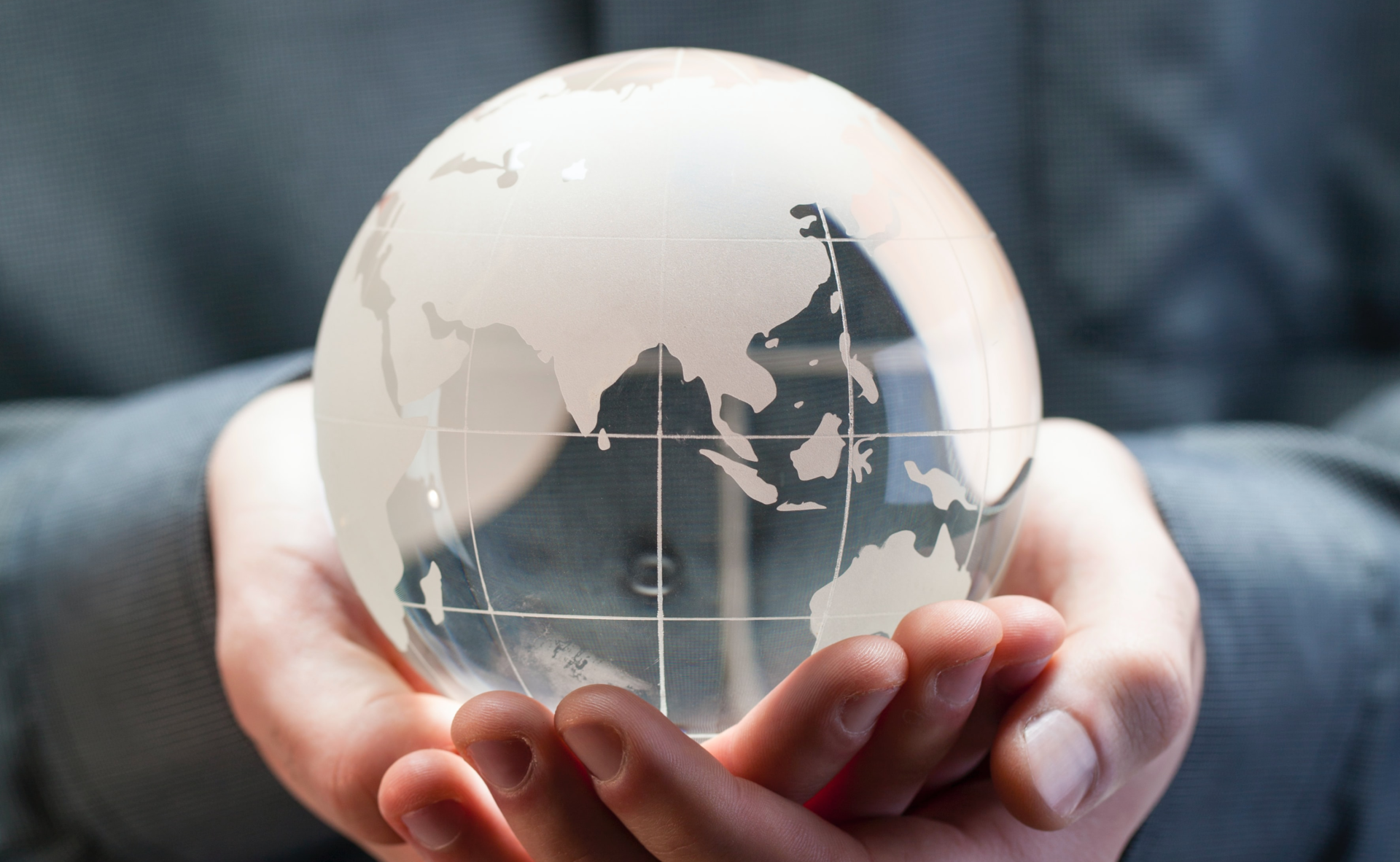India and Vietnam Look to be Global Growth Leaders
China’s economy is going through a slowdown. The ongoing waves of pandemic, coupled with China’s zero-COVID policy has put the country’s economy on a standstill. China’s trading has been completely disrupted since the past few months. The situation is further exacerbated by the ongoing trade war with China and the growing rhetoric around reshoring and localization, driving many multinationals to rethink their future plans.
This shift is making many companies rethink their next steps and many are contemplating to jump ships to other Asian countries. Many companies have already moved their manufacturing base from China to Vietnam, further motivated by rising labor costs in China.
Sam Wilkin, director of political risk analytics at Willis Towers Watson puts it aptly. He says, “recent events have reminded everyone that too much exposure in any single country, no matter what country, puts a company at risk for large losses or even bankruptcy.”
Developing economies such as India and Vietnam can aid the next global economic recovery. This is the theme of one of our topics in the upcoming Horasis India Meeting, being held between 25 to 26 September, 2022 in Vietnam. The meeting will center around themes of geopolitics, impacts of COVID-19, and the pressures being faced by global and national economies. The event will have 300 of the most senior members of Horasis, suggesting ways in which developing economies—particularly India and Vietnam—can realize a sustainable and resilient future.
Their Potential
At the outset, both India and Vietnam may not look as competitors to the manufacturing capabilities that China has garnered over the decade. But Rome was not built in a day. Both India and Vietnam do hold other potential, leveraging which they can ignite manufacturing and trading growth within their economies.
And we see that already happening. Vietnam has already embarked on a robust economic recovery plan that focuses on inclusive growth. In recent estimates of the World Bank, Vietnam is set to record GDP growth of 7.5% in 2022 – a substantial growth from 2021 estimates. Vietnam was able to quickly rebound from the impacts of the pandemic, due to its immediate containment of COVID-19 and its high vaccination rates. The country’s timely COVID-19 measures ensured the country was able to control both the spread and fatalities arising from the pandemic. This helped the country reopen its businesses and borders, resuming trade and business-as-usual scenario, faster than expected.
This puts Vietnam in a much better position to the next global growth leader. It does, however, need to work upon some of areas such as manufacturing infrastructure and an educated workforce. But Vietnam is already on track to speed up investment in infrastructure to foster economic recovery. Hanoi plans to invest around US$76.3 million into five large infrastructure projects, while the city of Ho Chi Minh has plans to invest US$1.95 billion in development of roads, railways and hospitals.
India also boasts of a strong workforce that is young and educated. Several initiatives/schemes launched by the Indian government has pushed the inflow of foreign investments in the country. India recorded an inflow of US$81.97 billion in 2020-21. Some of its top investors are Singapore, US and Mauritius. The top recipient sectors for foreign investments are computer software & hardware and the manufacturing sector. FDI inflow into the manufacturing sector increased by 76% in the 2021-22 (US$21.34 billion) compared to the previous financial year (US$12.09 billion).
What is Needed?
Prospects look strong for both India and Vietnam to lead the next growth momentum. But there is lots of work left to be done. Vietnam is currently going through and will need to invest in higher education. The World Bank has recommended few inflection points for Vietnam which are (a) improving access and equity; (b) increasing the relevance and alignment of training programs with demand for skills; (c) boosting sustainable financing; and (d) improving governance of the sector.
Meanwhile in India, its government will need to provide more tax-related incentives to boost the IT sector, while streamlining the GST regime for promoting seamless business operations. In addition to this the government will also need to relax its policies around free trade agreements. Its pullout from the RCEP (Regional Comprehensive Economic Partnership) is a huge loss for the agreement. However, the framework around RCEP is such that India can choose to join it again in the future, and if that does happen it will accelerate Asia’s post-pandemic recovery.
Photo Caption: India and Vietnam can become the next powerhouse of manufacturing in the region




